Tirupparankunram Murugan Temple is a Hindu temple and one of the Six Abodes of Murugan, located at Tirupparankunram. The temple offers a mystic beauty; is carved in rock and is monstrous in size for such an architecture. According to the legend, it is where Murugan married Deivayanai, the divine daughter of the king of heaven, Indra, and he is said to have worshipped Shiva here as Parangirinathar.
Shrine’s History
There are several architectural features of interest, especially the rock cut portions of this hill temple dating back to the Pandya period and the life-sized sculptures in the mandapams of the Nayakar period. Saint Gnana Sambanda, the famous Shaiva Saint of the 7th Century, has visited Thirupparamkunram and sung Devaram on Lord Shiva. Gnana Sambanda has met the three Tamil chiefs, the Chera, the Chola and the Pandya in this temple and has blessed all the three of them. Sundarar and Sambandar composed the Thevara Pathigam here. Nakkirar sang many poems on this Lord. Tiruppugazh, Kandapuranam and other works speak of the glory of this shrine.

Legends Associated with This Shrine
According to legend, Lord Muruga married Deivayanai, the daughter of Lord Indra, and he is said to have worshipped Shiva here as Parangirinathar. In the main shrine, apart from Muruga, deities of Lord Shiva, Lord Vishnu, Lord Vinayaka and Goddess Durga are installed. An Aasthaana Mandapam with several artistically carved pillars led one to the towering 150 feet high Rajagopuram at the entrance. The Kambathadi Mandapam, Ardha Mandapam, and Mahamandapam are situated at different levels.
The main shrine is an early rock-cut temple which has cells that house the sanctums of Lord Subramanya, Goddess Durga, Lord Vinayaka, Lord Shiva and Lord Vishnu. All the statues are carved on the wall of the Parankundram rock. The presiding deity Lord Shiva is known as Parangirinathar and the female deity his consort mother Parvathy is known as Aavudai Nayaki. Panels depicting Shivas dance of bliss are seen outside the temple. A curious feature of this temple is that the God Shiva and God Vishnu face each other in the main shrine, and this is a rare thing in ancient Hindu temples.
This is because Hinduism always held two distinct worshipping groups, Shaivites, worshippers of Lord Shiva and Vaishnavites, worshippers of Lord Vishnu. Outside the temple, there is a beautiful pond where, according to temple tradition, the fishes are served with salt and rice flakes by the devotees. There is also a Vedic school adjacent to the banks of the temple pond. In front of the Dwajasthambam, one gets the magnificently carved Nandi, Mayil and Mooshika vaahanam, Mouse. This is a specialty of this Murugan shrine. Going inside, one can see the sandhis of various Hindu Gods and Hindu Goddesses. Of special mention is the sandhi of Saneeswaran without the other eight Grahas.
Climbing a flight of six steps called the Shadashara Padigal?, reaches the Ardha Mandapam. We can see the rock carvings of Mahisshasura Mardini, Karpaga Vinayagar, Andarabaranar and Uggirar. There is also a rock carved sandhi for Lord Vishnu and Goddess Lakshmi. Lord Shiva in the form Sivalingam and Sathiyagireeshwarar sannidhis located here cannot miss the attention of the Muruga Bakthas visiting this Murugan shrine. The Moolavar deity is also sculptured from a rock. Abhishekams for the presiding deity is done to the Murugans Vel only.There are five Theerthams in and around the temple, Saravana Poigai, Lakshmi Theertham, Saniyasi Kinaru, Kasi Sunai and Sathiya Koopam.
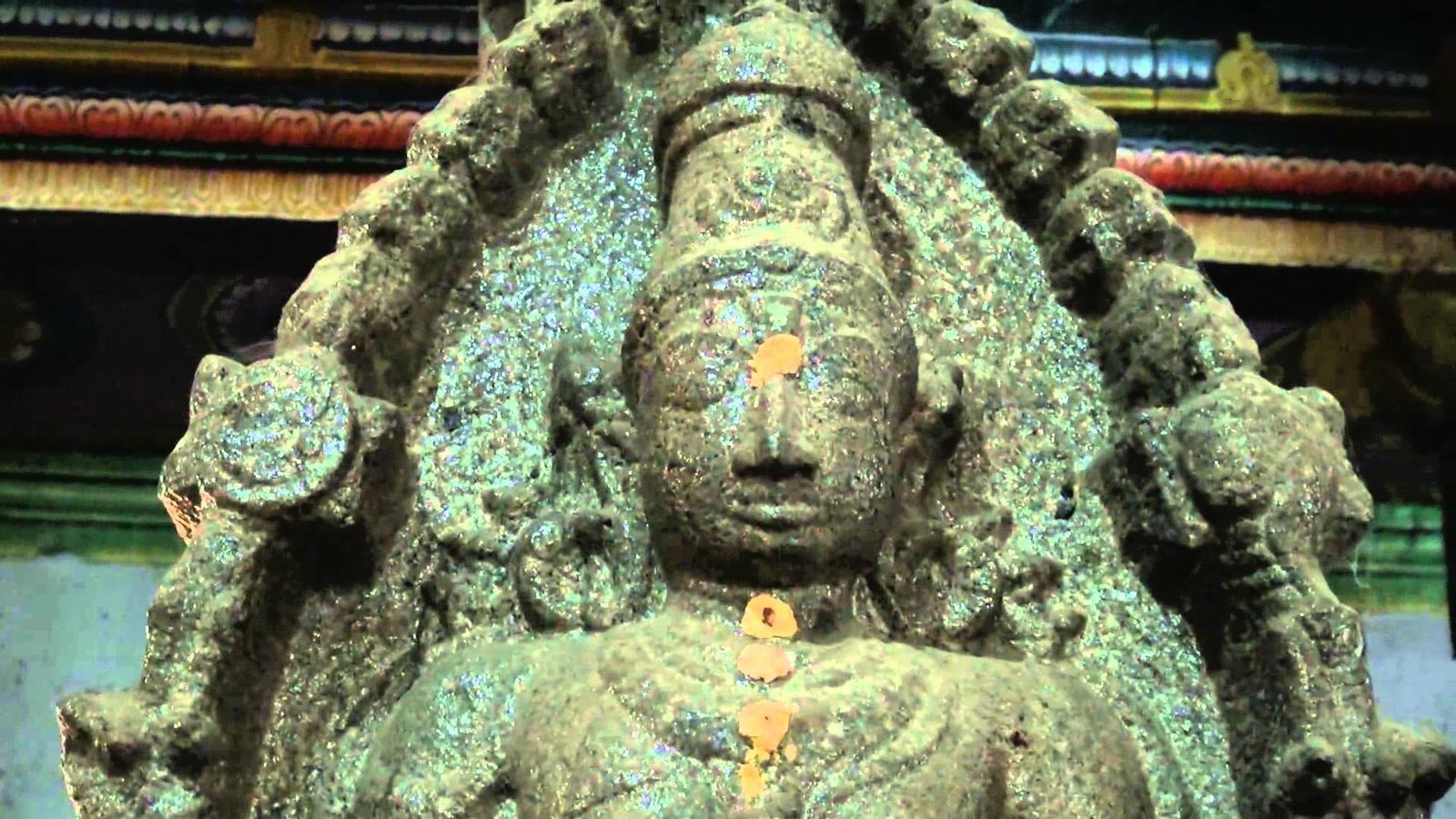
Architectural Relevance of This Shrine
There are several architectural features of interest, especially the rock cut portions of this hill temple dating back to the Pandya period and the life-sized sculptures in the mandapams of the Nayakar period. An Aasthaana Mandapam with several artistically carved pillars lead one to the towering 150 feet high Rajagopuram at the entrance. The Kambathadi Mandapam, Ardha Mandapam, and Mahamandapam are situated at different levels. The main shrine is an early rock-cut temple which has cells that house the sanctums of Subramanya, Durga, Vinayakar, Shiva and Vishnu. All the statues are carved on the wall of the parankundram rock.
The presiding deity lord shiva is known Parangirinathar and the female deity his consort mother Parvathy is known as Aavudai Nayaki. Panels depicting Shiva’s dance of bliss are seen outside the sanctum. These magnificent works of art date back to the Pandya period. A curious feature of this temple is that the Gods Shiva and Vishnu face each other in the main shrine, and this is a rare thing in ancient Hindu temples. This is because Hinduism always held two distinct worshipping groups – Shaivites (worshippers of Lord Shiva) and Vaishnavites .
Outside the temple, there is a beautiful pond where, according to Temple tradition, the fishes are served with salt and rice flakes by the devotees. There is also a Vedic school adjacent to the banks of the temple pond.This temple was built by carving the hill. In front of the Dwajasthambam or the Kodi Maram, one gets the magnificently carved Nandi, Mayil and the Mouse . This is a speciality of this Murugan shrine.Going inside, one can see the sannidhis of various Hindu Gods and Hindu Goddesses. Of special mention is the sannidhi of Saneeswaran without the other eight Grahas. Climbing a flight of six steps called the “Shadashara Padigal”, one reaches the Ardha Mandapam. One gets to see the rock carvings of Mahisshasura Mardini, Karpaga Vinayagar, Andarabaranar and Uggirar.
There is also a rock carved sannidhi for Lord Vishnu and Goddess Lakshmi. Shiva in the form Sivalingam and Sathiyagireeshwarar sannidhis located here cannot miss the attention of the Muruga Bakthas visiting this Murugan shrine. The Moolavar deity is also sculptured from a rock. Abhishekams for the presiding deity is done to the Murugan’s Vel only. There are five Theerthams, or divine water sources, in and around the temple, Saravana Poigai, Lakshmi Theertham, Saniyasi Kinaru (well), Kasi Sunai, and Sathiya Koopam.

Shrine’s Map Location and How to Go There
By Road
See the hole transportation section of Tirupparankunram. Buses are available from Madurai Periyar bus stand. All the buses moving from Periyar bus stand to Thirumangalam go through Tirupparankunram.
By Rail
The nearest railway station is Madurai Railway station. From here you can go by bus or taxi.
By Air
The nearest airport is Madurai Airport. From here you can go by bus or taxi.
Shrine Timings
Pooja Timings Thiruvananthal 05.30 AM Vila pooja 07.30 AM Kala Shanthi Pooja 08.00 AM ThiruKala Shanthi Pooja 10.30 AM Uchi Kaala Pooja 12.30 PM Saayarathcai 5.30 PM Arthajaamam 8.45 PM Palliarai 9.00 PM
Events Celebrated at This Shrine
Brahmotsavam here falls in the Tamil month of Panguni. The Vishnu named Pavalakanivai Perumal, and Lord Muruga is taken in procession to Madurai to celebrate Meenakshi’s wedding (Chittirai festival), with residents of Madurai dressed in festive clothing. Nakkirar’s association with this temple is also celebrated as a festival. Skanda Sashti, the ten-day Kartika festival, Vaikasi Visakam, and the float festival in They are other celebrations here. Since Vishnu is here Vaikunta Ekadashi is also celebrated.
Extra Information About this Shrine
Temples full address: Thirupparamkunram Murugan Temple, 8km from south of Madurai junction, Madurai, Tamil Nadu, 625 001. PH: 044-2538 3333

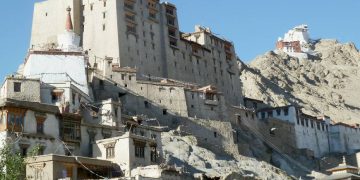

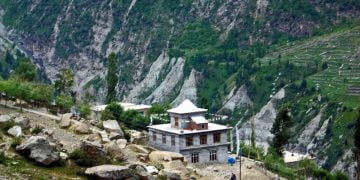
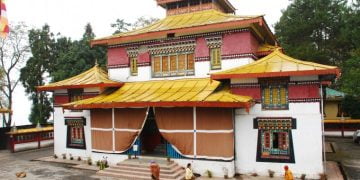

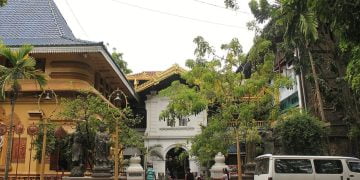
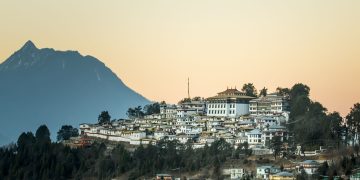
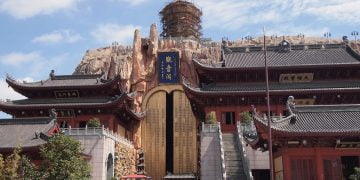
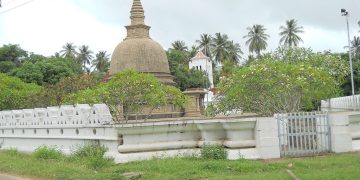
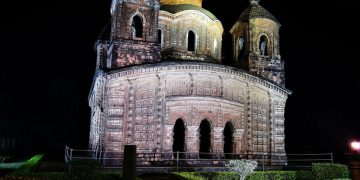
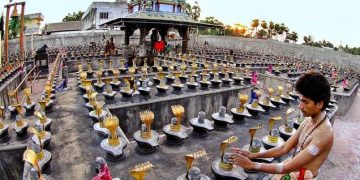

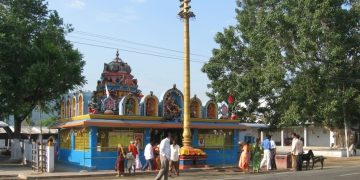
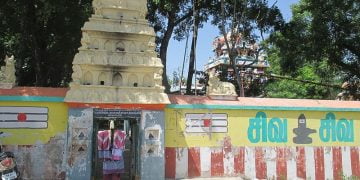
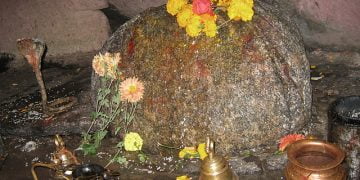
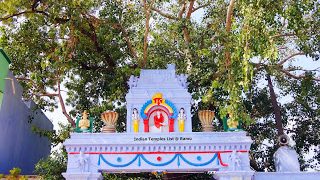
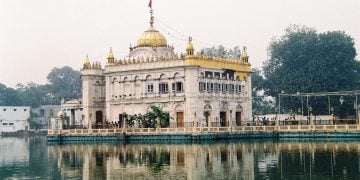
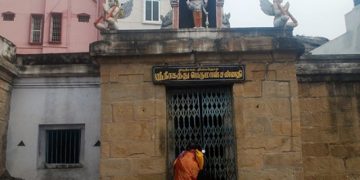
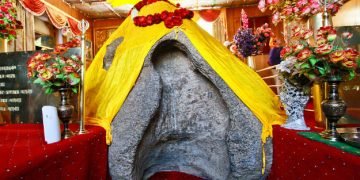
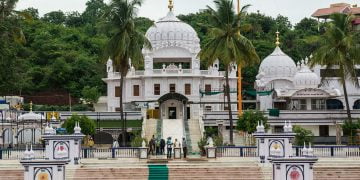

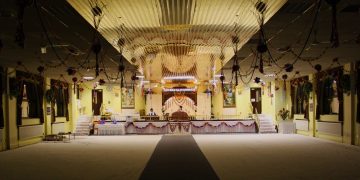
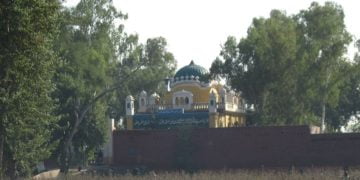
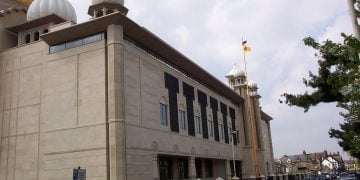
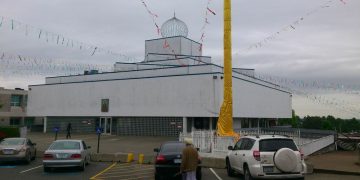
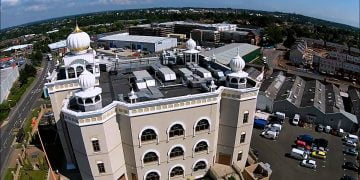
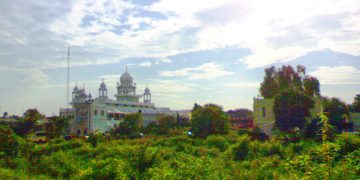
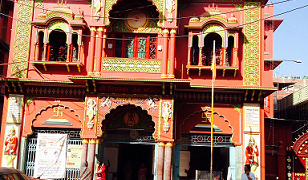
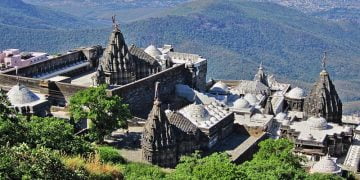
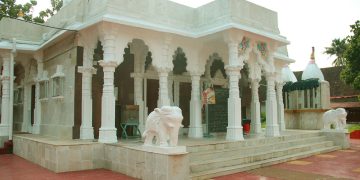
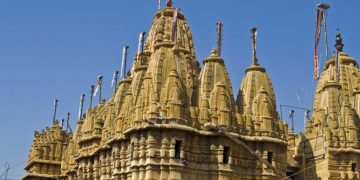
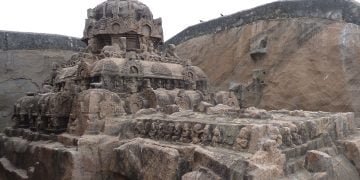
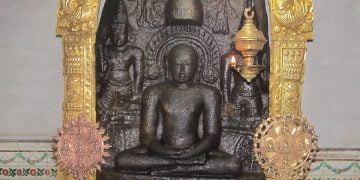
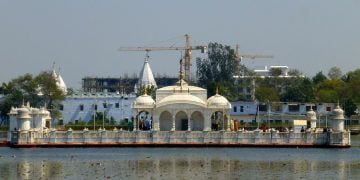

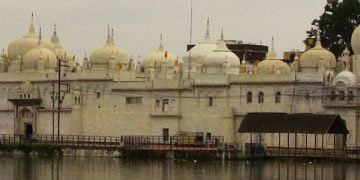



Discussion about this post